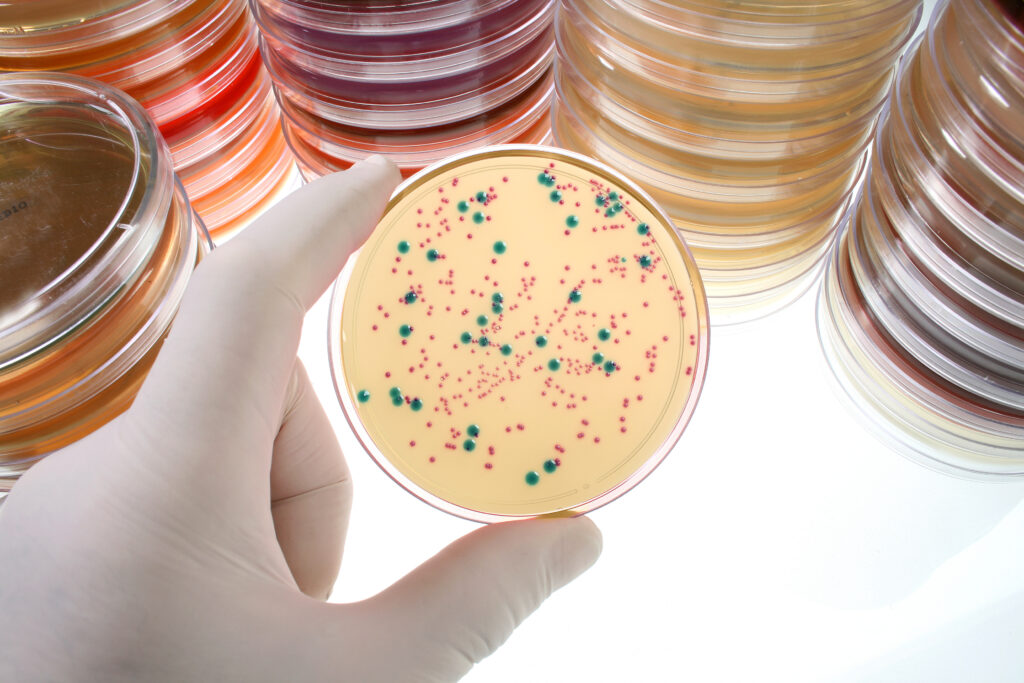
New Work by Thornton’s Group Supports Time-Symmetric Dollo’s Law
I never thought it would happen but, in my estimation, Richard Lenski has acquired a challenger for the title of “Best Experimental Evolutionary Scientist.” Lenski, of course, is the well-known fellow who has been growing E. coli in his lab at Michigan State for 50,000 generations in order to follow its evolutionary progress. His rival is Joseph Thornton of the University of Oregon who, by inferring the sequences of ancient proteins and then constructing (he calls it “resurrecting”) their genes in his lab, is able to characterize the properties of the ancestral proteins and discern how they may have evolved into more modern versions with different properties. I have written appreciatively about both Lenski and Thornton before, whose work indicates clear limits Read More ›


